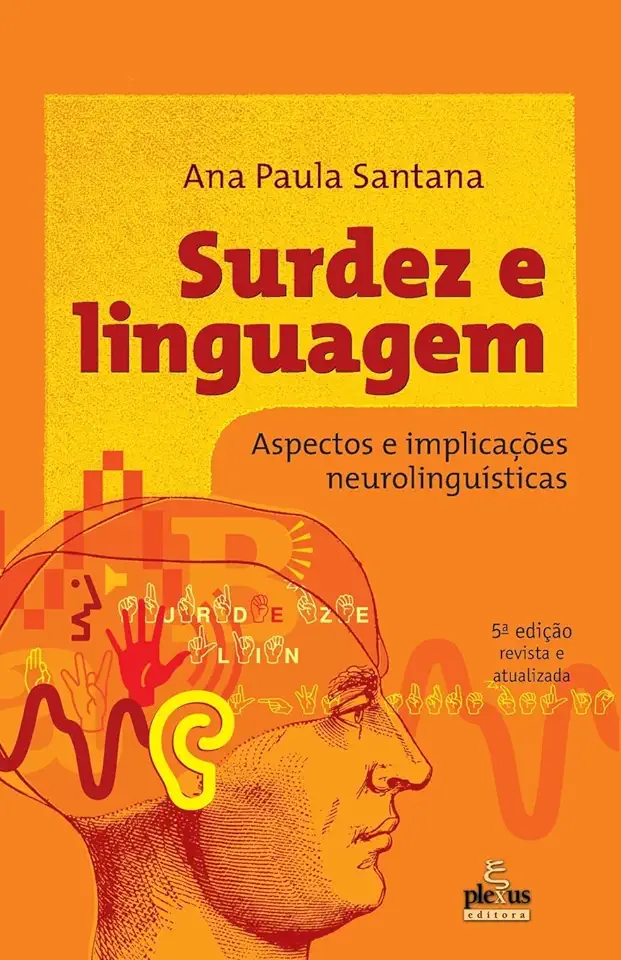
Deafness and Language: Aspects and Neurolinguistic Implications - Ana Paula Santana
Deafness and Language: Aspects and Neurolinguistic Implications
Introduction
In the book "Deafness and Language: Aspects and Neurolinguistic Implications", Ana Paula Santana provides a comprehensive and insightful exploration of the complex relationship between deafness and language. Drawing upon a wealth of research and case studies, Santana offers a unique perspective on the linguistic and cognitive challenges faced by deaf individuals, as well as the implications for language acquisition, education, and social integration.
Deafness and Language Acquisition
Santana begins by examining the impact of deafness on language acquisition, highlighting the unique challenges faced by deaf children in acquiring spoken language. She discusses the various factors that can influence language development in deaf children, including the age of onset of deafness, the degree of hearing loss, and the availability of appropriate language models and educational support. Santana also explores the role of sign language in language acquisition, arguing that it can provide a powerful tool for deaf children to develop their linguistic skills and cognitive abilities.
Neurolinguistic Implications of Deafness
Santana then delves into the neurolinguistic implications of deafness, examining the brain mechanisms involved in language processing and how they are affected by hearing loss. She draws upon neuroimaging studies and other research to explore the neural correlates of sign language processing, as well as the impact of deafness on brain development and plasticity. Santana's analysis provides valuable insights into the complex interplay between deafness, language, and the brain.
Educational and Social Implications
Santana goes on to discuss the educational and social implications of deafness, emphasizing the importance of early intervention and appropriate educational strategies for deaf children. She examines the various educational models available to deaf children, including oralism, manualism, and bilingual education, and evaluates their effectiveness in promoting language development and academic achievement. Santana also explores the social challenges faced by deaf individuals, including issues of communication, discrimination, and social isolation, and discusses the role of advocacy and support networks in promoting their full participation in society.
Conclusion
In conclusion, "Deafness and Language: Aspects and Neurolinguistic Implications" is a comprehensive and thought-provoking exploration of the complex relationship between deafness and language. Ana Paula Santana provides a wealth of insights into the linguistic, cognitive, and social challenges faced by deaf individuals, and offers valuable recommendations for language acquisition, education, and social integration. This book is an essential resource for researchers, educators, and professionals working with deaf individuals, as well as anyone interested in the fascinating interplay between language and the brain.
Why You Should Read This Book
If you are interested in learning more about deafness and its impact on language and cognition, then "Deafness and Language: Aspects and Neurolinguistic Implications" is a must-read. This book provides a comprehensive and insightful exploration of the complex relationship between deafness and language, drawing upon a wealth of research and case studies. Santana's analysis is both informative and thought-provoking, offering valuable insights into the linguistic, cognitive, and social challenges faced by deaf individuals. This book is an essential resource for researchers, educators, and professionals working with deaf individuals, as well as anyone interested in the fascinating interplay between language and the brain.